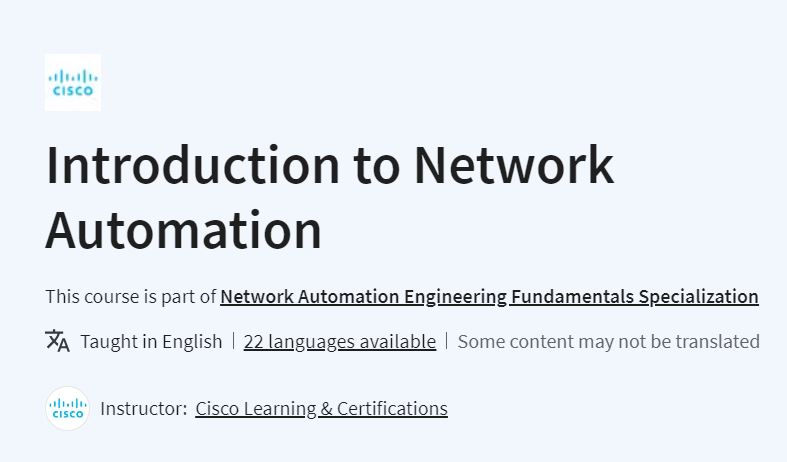
6 Python String Things I Regret Not Knowing Earlier

Python Coding June 30, 2024 Python No comments

Python Coding June 29, 2024 Python No comments

Python Coding June 29, 2024 AI, Deep Learning No comments

Python Coding June 28, 2024 Books, Python No comments

Python Coding June 24, 2024 Python Coding Challenge No comments
Python Coding June 24, 2024 Python No comments

Python Coding June 23, 2024 Data Science, Python No comments
Python Coding June 23, 2024 Python Coding Challenge No comments

Python Coding June 22, 2024 Python No comments

Python Coding June 22, 2024 Python No comments

Python Coding June 22, 2024 Python No comments

Python Coding June 21, 2024 Data Science, Python No comments
Python Coding June 21, 2024 Python Coding Challenge No comments

Python Coding June 21, 2024 Coursera, Python No comments

Python Coding June 21, 2024 Course, Python No comments

Python Coding June 18, 2024 Books, Deep Learning No comments

Python Coding June 16, 2024 Python Coding Challenge No comments

Python Coding June 14, 2024 Machine Learning, Python No comments
.png)
Python Coding June 12, 2024 Data Science No comments

Free Books Python Programming for Beginnershttps://t.co/uzyTwE2B9O
— Python Coding (@clcoding) September 11, 2023
Top 10 Python Data Science book
— Python Coding (@clcoding) July 9, 2023
🧵:
Top 4 free Mathematics course for Data Science ! pic.twitter.com/s5qYPLm2lY
— Python Coding (@clcoding) April 26, 2024
Web Development using Python
— Python Coding (@clcoding) December 2, 2023
🧵: